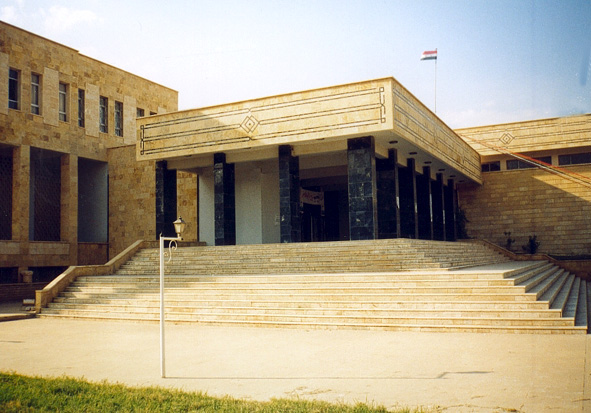Deir ez-Zor Museum

The museum of Deir ez-Zor was founded in 1974 and then rebuilt and re-inaugruated in 1996 to meet the needs of perservation and exhibition of ever-growing collections. The main goal of the museum is to promote the study, education and tourism of the Syrian Jezirah and its history.
The museum’s collections, currently composed of some 25,000 objects, cover the long history of the region, ranging from Stone Age sites such as Bouqras, through the Chalcolithic Uruk culture settlements of Tell Bderi and the Bronze Age Syrian polities of Mari and Ebla, finishing with the periods of Akkadian, Roman and Islamic domination.
In this museum are notably kept, for the bulk, the thousands of cuneiform tablets found at Mari since 1933.
|